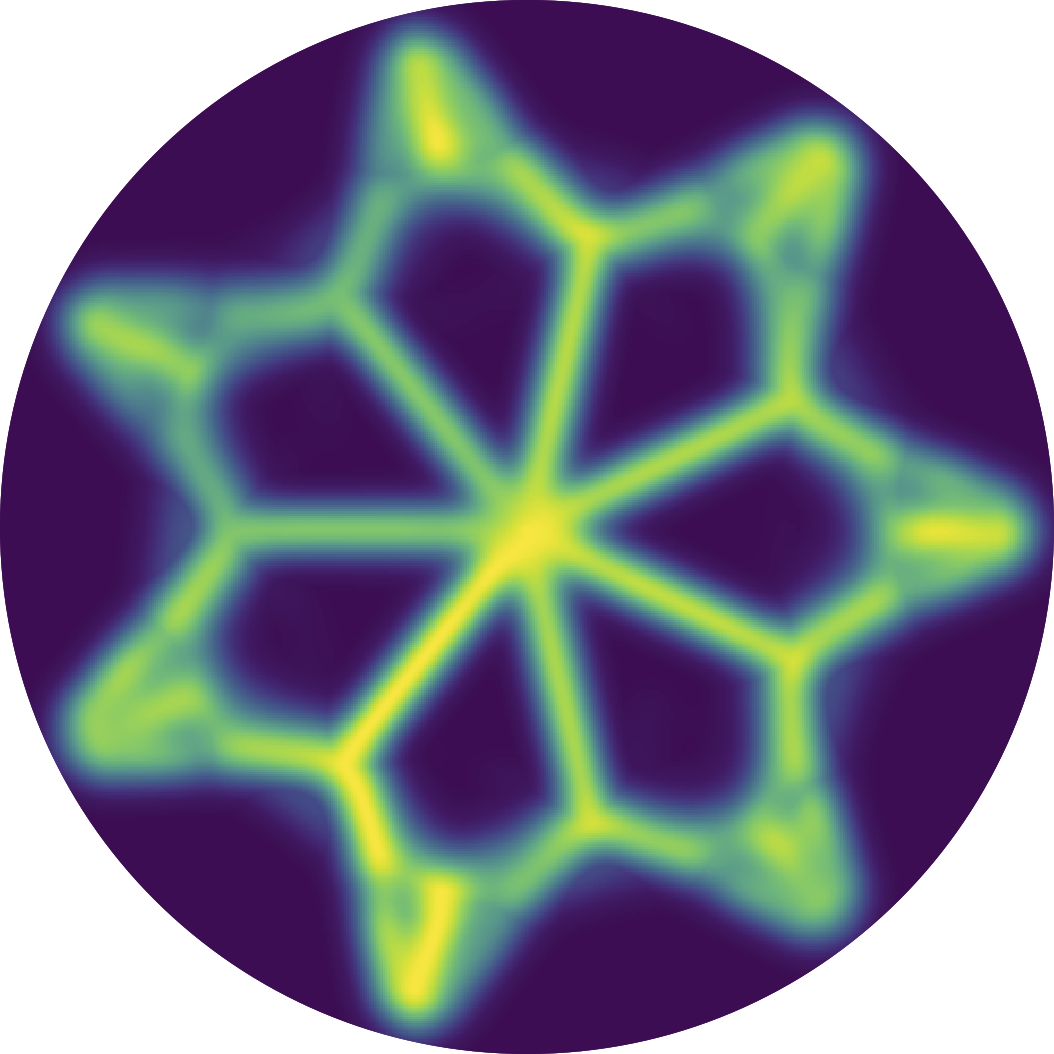Research
From individual decisions to collective behavior, our research uncovers the principles of spatiotemporal computation in animal groups, linking behavior to ecology and evolution.
Biological systems—from cells to societies—are hierarchically organized, which suggests there are multiple natural scales at which these systems should be studied. Across disciplines (e.g. neurobiology, genetics, evolutionary biology), biologists often focus on isolating a single scale and understanding the patterns observed at this level of the hierarchy. The Sridhar Lab, housed in the Department of Biology at University of Washington, focuses on integrating insights across organismal and organizational boundaries. We do this by employing a complex systems approach to the study of animal behavior, drawing links across three scales of biological organization—from neural ensembles to individual decisions, and from individual decisions to collective behavior. Along the way, we also contribute to new methodological innovations that aid in collection of high-resolution animal behavior data.
From neural ensembles to individual decisions: The evolutionary ecology of animal decision-making
Video 1: Leks are mating aggregations where males establish clustered territories that females visit to choose mates. In blackbuck, males (black) mark their territories with dung (circles). This video shows females (brown) clustered around a single territory, leading to a skew in male mating success. This behavior exemplifies decision-making on the move.
Animals make decisions on the go—whether choosing between food sources, selecting sleeping refuges, or deciding with whom to associate. While most studies of animal decision-making focus on outcomes or the time taken to decide, they often overlook the real-time movements animals make during the process. By integrating the recursive feedback between movement and animals’ internal representations of space and options, we uncover how the brain performs spatiotemporal computations to optimize resource acquisition, survival, and reproduction.
Relevant Publications:
From individual decisions to collective behavior: Group composition, social influence, and functioning of single- and mixed-species groups
Video 2: Partner regulation in octopus-fish hunting groups. This video is a compilation of the octopus punching various fish species, often in response to reduced movement of the hunting party (Video Credit: Eduardo Sampaio).
Collective behavior emerges from the network of interactions among individual components, driving coordinated functioning across various scales, from physical to social systems. In single- and mixed-species groups, heterogeneity—shaped by genetic, physiological, and informational differences—plays a crucial role in explaining the functional complexity of animal collectives. Our research investigates how inter-individual differences contribute to the emergence of group structure, leadership, movement dynamics, and foraging success, with a focus on how these processes unfold across different ecological contexts.
Relevant Publications:
Methodological innovations: High-resolution insights into animal behavior
Video 3: A looming stimulus, a rapidly expanding black disk mimicking the shadow of an approaching predator, triggers innate escape responses in many visual animals. In this video, our custom-designed underwater system delivers the stimulus to study the escape behavior of damselfish in the Red Sea (Video credit: Simon Gingins).
Advances in methodology and computation are driving breakthroughs in our understanding of animal behavior. Cutting-edge tools, such as automated tracking, computational reconstruction of body postures and sensory fields, and immersive virtual reality systems for animals, allow us to study interactions in natural collectives with unprecedented precision. These innovations, combined with sophisticated computational and mathematical approaches, help us unravel the mechanisms underlying individual decisions and social interactions to make sense of the vast, multi-scale datasets that shape our understanding of behavior.
Relevant Publications:
